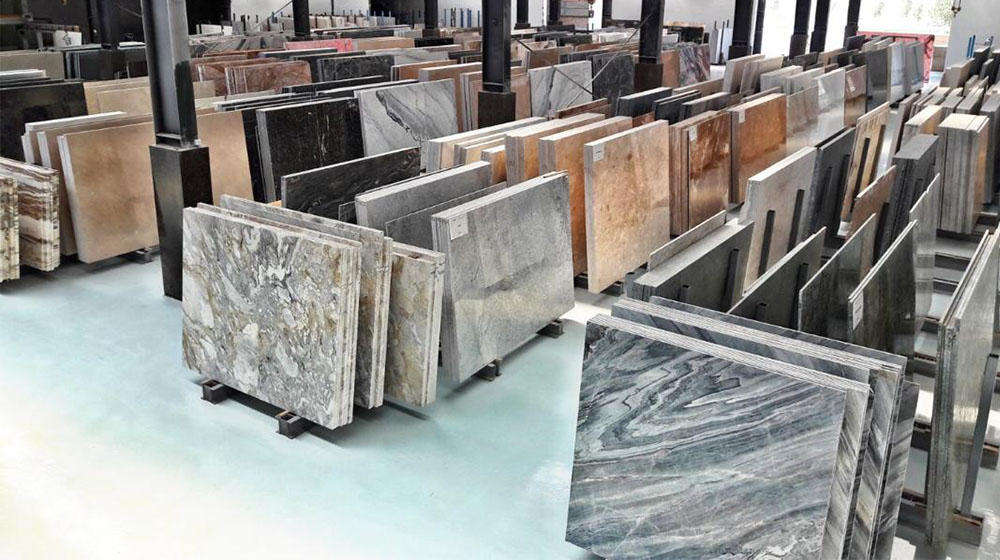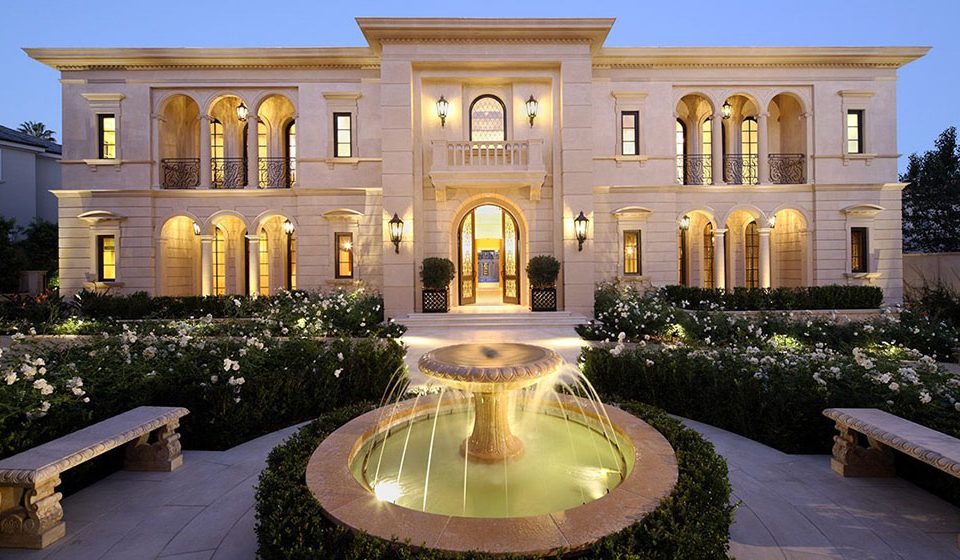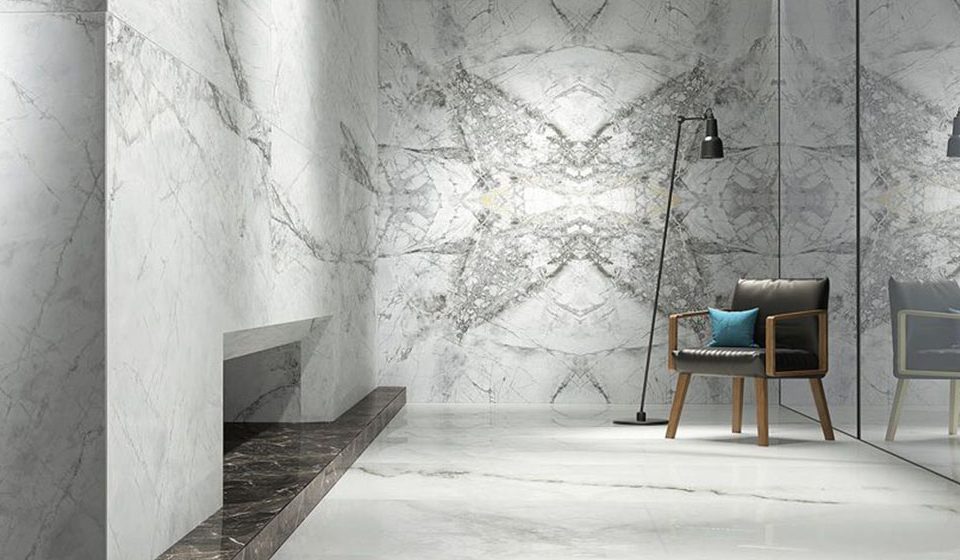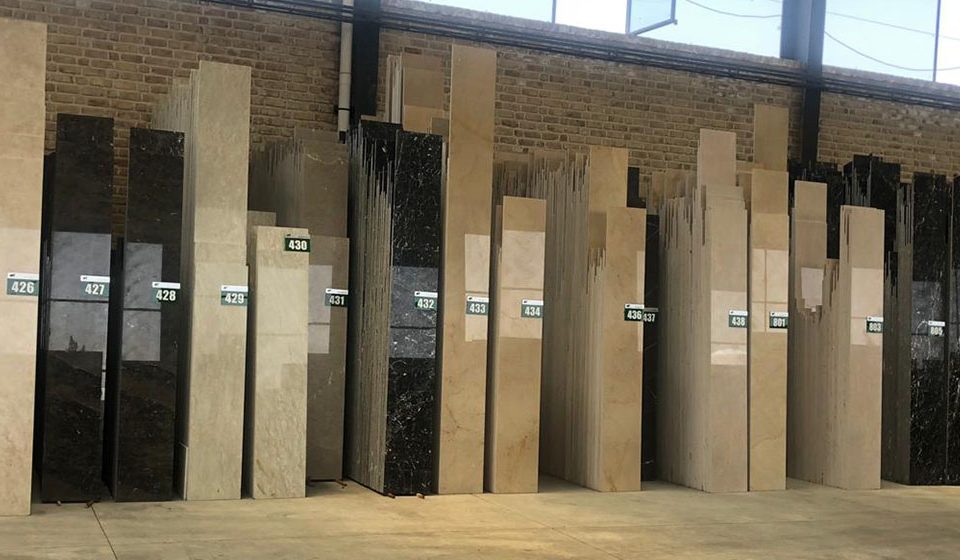Familiarity with the types of building stones

Zomorodin Nama Stones! What does it mean?
6 April, 2019
Advantages of using stone in home interior design
25 April, 2020
Stone is an essential and more permanent building material in construction than other natural building materials. Based on the type, stones can be used in buildings for flooring, roofing, masonry, paving roads and also as aggregates for concrete.
Most of the prehistoric monuments are built with natural stones as they remain stable with time. Before the advent of concrete, stones were highly preferred for heavy engineering works like bridge piers, harbour walls, seaside walls, and for facing works.
Stones for construction purposes are obtained by quarrying from solid massive rocks. The stones used for masonry construction should be hard, durable, tough, and should be free from weathered soft patches of material, cracks, and other defects that are responsible for the reduction of strength and durability. Based on Geology, stones or rocks are classified into three types:
1. Igneous Rocks – Basalt, Trap, Andesite, Rhyolite, Diorite, Granite.
2. Sedimentary Rocks – Lime stones, Dolomite and Sandstones.
3. Metamorphic Rocks – Gneiss, Quartzite, Marble, Slate
The most important features of natural building stones
The most relevant characteristics of natural rock are hardness, resistance to different stress types, composition, porosity, colour, and durability. The latter is perhaps the most important technological feature. There are numerous architectural remains where stone has been the only remaining material, which demonstrates it stability at real scale. The best uses of natural stone require good knowledge of its properties, which are determined through testing. The European standards of these products establish the specific parameters to be determined in the laboratory, namely
• Petrographic analysis to determine composition and structure
• Resistance to bending stress.
• Resistance to compressive stress
• Resistance to impacts.
• Slip resistance.
• Resistance to thermal changes
• Frost resistance
• Resistance to SO2(sulphur dioxide) pollution
Types of Building Stones
Some of the common building stones which are used for different purposes in are as follows:
Granite
It is a deep-seated igneous rock, which is hard, durable and available in various colours. It has a high value of crushing strength and is capable of bearing high weathering. Granite is used for bridge components, retaining walls, stone columns, road metal, ballast for railways, foundation, stonework and for coarse aggregates in concrete. These stones can also be cut into slabs and polished to be used as floor slabs and stone facing slabs.
Basalt and trap
Basalt and trap are also igneous rocks. These stones are also called as green stones or white stones or blue basalt. They are hard and tough. It is difficult to work with this kind of rocks.
Limestone
Limestone often has an ease of extraction. It is a sedimentary rock formed by remnants of seaweeds and living organisms consolidated and cemented together. It contains a high percentage of calcium carbonate. Limestone is used for flooring, roofing, pavements and as a base material for cement.
Sandstone
Sandstone is one of the most widely used stone building materials, being both common in many geological sequences and easy to use for construction purposes, although it is highly abrasive and takes its toll on the tools used to process. However, it is easily workable and also available in different colors. although it is these very weaknesses that can be exploited when splitting the stone to use as paving and flooring, and sometimes as roofing.
Marble
It is a metamorphic rock which can be easily cut and carved into different shapes. It is used for ornamental purposes, stone facing slabs, flooring, facing works etc.
Quartzite
Gneiss is another metamorphic rock formed by the metamorphosis of granite. It consists of foliated structure hence it can be split into thin slabs along its bedding planes. It is a metamorphic rock which is hard, brittle, crystalline and durable. It is difficult to work with and used in the same way as granite. Crushed gneiss used for pavement construction, rough stone masonry works, stone pitching, etc.
Travertine
Travertine is a form of limestone deposited by mineral springs, especially hot springs. Travertine often has a fibrous or concentric appearance and exists in white, tan, cream-colored, and even rusty varieties. Travertine is often used as a building material. The Romans mined deposits of travertine for building temples, aqueducts, monuments, bath complexes, and amphitheaters such as the Colosseum, the largest building in the world constructed mostly of travertine. Travertine is one of several natural stones that are used for paving patios and garden paths. In addition, due to the very high porosity (cold resistance), its use is also recommended for interior and exterior decoration of the building.
Reference
https://www.buildersmart.in/blogs/types-of-building-stones
https://www.researchgate.net/publication/301863849_BUILDING_STONES
https://www.stonespecialist.com/news/stones-quarries/building-stone-materials-choice
12 Commonly Used Building Stones – Their Properties and Uses



